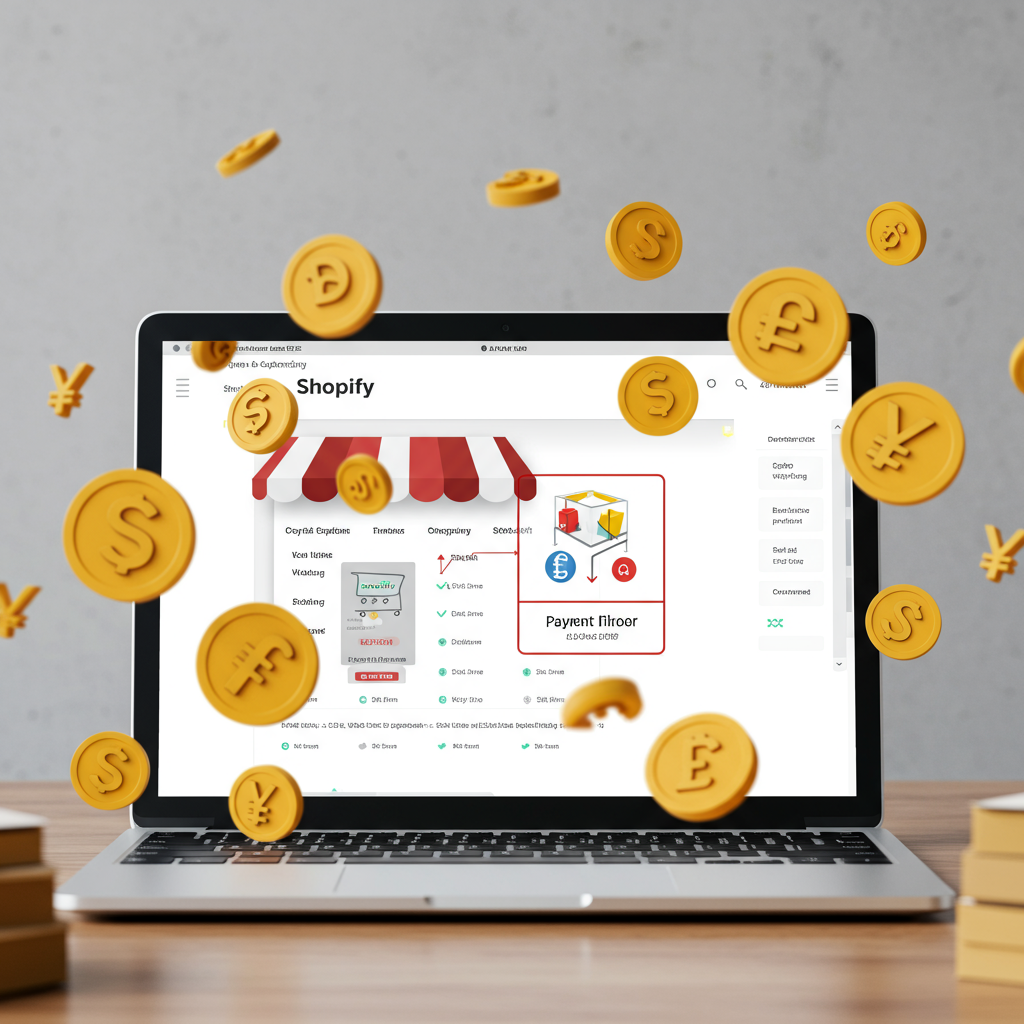Discover how integrating cryptocurrency payments can revolutionize your e-commerce business and attract tech-savvy buyers.
Hello fellow Shopify merchants! I’m here to talk about something that’s rapidly changing the e-commerce landscape: cryptocurrency payments.
For years, we’ve relied on traditional payment methods, but the world is evolving, and so are our customers’ preferences.
I’ve been exploring how integrating crypto payments on Shopify isn’t just a trend; it’s a strategic move to unlock a whole new generation of customers.
The digital economy is booming, and with it, a growing segment of consumers who prefer or exclusively use digital assets for transactions.
One of the most compelling reasons I found is the potential for significantly lower transaction fees compared to traditional credit card processors.
Imagine cutting down those percentage points on every sale – it adds up, directly impacting your bottom line.
Unlike traditional banking, which can take days, crypto transactions often settle in minutes or hours, giving you quicker access to your funds.
Cryptocurrencies transcend borders. This means you can effortlessly accept payments from customers anywhere in the world, without worrying about currency conversions or international banking hurdles.
There’s a vibrant, tech-savvy community of crypto holders actively looking for merchants who accept their preferred payment method. By offering this, you tap into an entirely new market segment.
Adopting crypto payments positions your brand as forward-thinking and innovative, appealing to a modern demographic.
Shopify itself doesn’t natively process crypto payments, but it has a robust app ecosystem that allows seamless integration with third-party crypto payment gateways.
This is a crucial step. I recommend researching providers like Coinbase Commerce, BitPay, CoinPayments, or TripleA. Each has its own fee structure, supported cryptocurrencies, and features.
When choosing a gateway, look for ease of integration, supported currencies (Bitcoin, Ethereum, Litecoin, stablecoins like USDC), robust security features, and reliable customer support.
Once you choose a provider, you’ll typically sign up for a merchant account with them. This usually involves a KYC (Know Your Customer) process to verify your business identity.
After your gateway account is set up, you’ll connect it to your Shopify store. This often involves installing their dedicated app from the Shopify App Store or configuring custom payment methods within your Shopify admin.
Always perform test transactions to ensure everything is working correctly before going live. Make sure the payment flow is smooth and intuitive for your customers.
A common concern is price volatility. Many reputable gateways offer instant conversion to fiat currency (like USD) upon receipt, effectively mitigating this risk for you.
Alternatively, you can opt to accept stablecoins (e.g., USDC, USDT), which are cryptocurrencies pegged to the value of fiat currencies, offering price stability.
It’s important to be aware of the evolving regulatory environment in your region regarding cryptocurrency. Consult with a legal or tax professional if you have specific concerns.
Remember that accepting crypto payments has tax implications, just like any other form of income. Keep meticulous records of all transactions for accurate reporting.
Don’t assume all your customers understand crypto. Provide clear, concise instructions on your checkout page or a dedicated FAQ section to guide them through the process.
One significant advantage for merchants is the irreversible nature of blockchain transactions, which virtually eliminates chargebacks – a common headache with traditional credit card payments.
Once live, make sure to prominently display that you accept crypto. Use badges on your product pages, announce it on social media, and send out email campaigns to inform your audience.
By embracing crypto, you’re not just adding a payment option; you’re future-proofing your business and positioning it at the forefront of digital commerce.
I’ve found that the initial setup is straightforward, and the benefits far outweigh the learning curve. It’s truly opened up new avenues for my business.
What are your thoughts on integrating cryptocurrency payments into your Shopify store? I’d love to hear your perspective.
So, if you’re looking to expand your reach, reduce fees, and appeal to a modern, tech-savvy customer base, I strongly encourage you to explore cryptocurrency payments on Shopify.
It’s an exciting time to be an e-commerce merchant, and embracing these new technologies is key to staying competitive and thriving.






